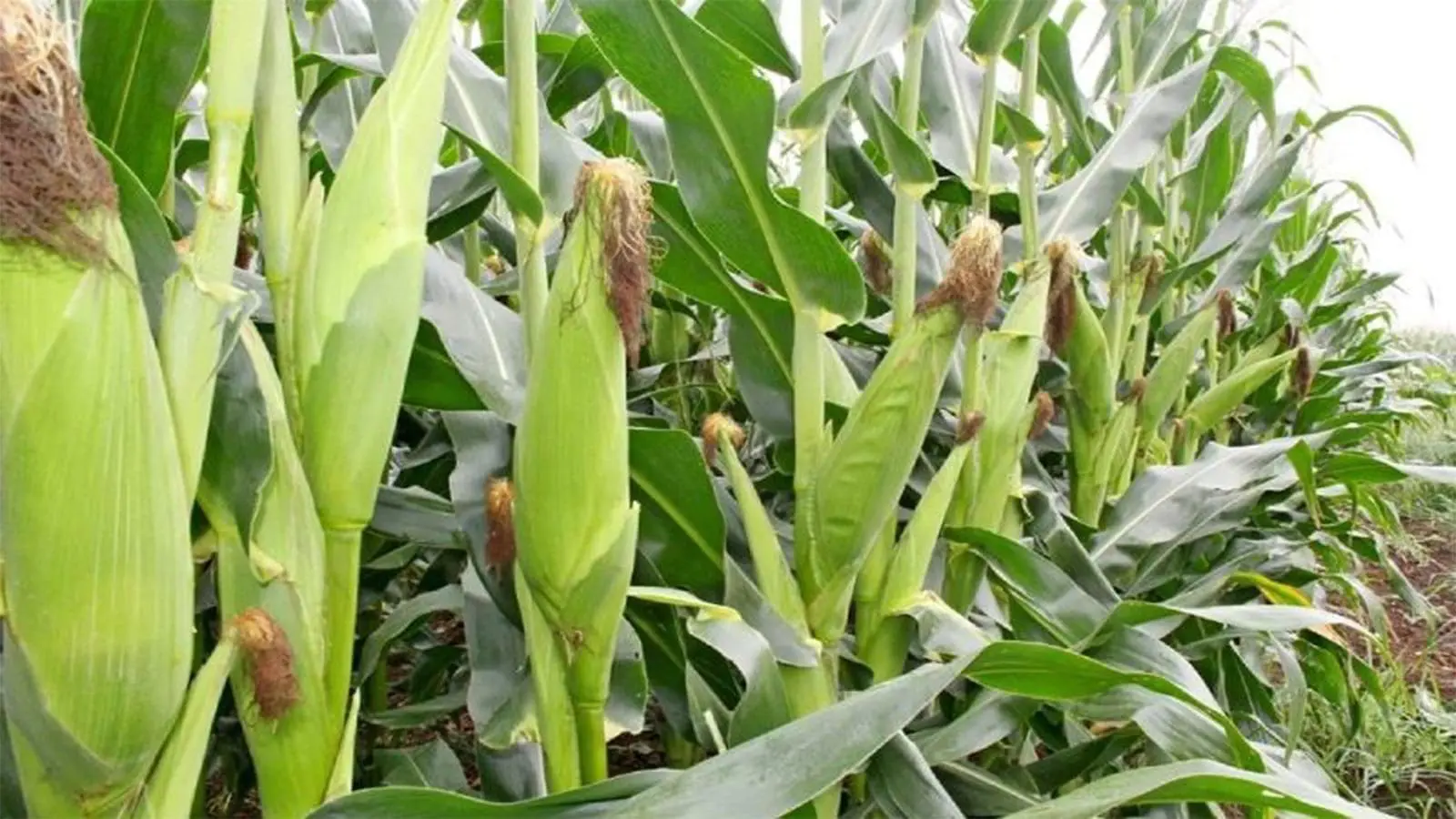KAMPALA, June 14, 2024 – The UN Food and Agriculture Organisation [FAO] projects that the world’s major food commodities will be in “adequate supply” in 2024 and 2025. But the organisation warns that factors such as bad weather conditions, geopolitical conflicts and sudden policy changes can disrupt the global demand-supply balance, impacting prices and food security globally.
The forecast features in FAO’s Food Outlook, a biannual publication dedicated to global market developments. It provides insights and assessments for wheat, rice, coarse grains, oil, sugar, meat, dairy products, fisheries and animal feed.
Food predictions
The report states that rice and oilseed production will reach an all-time high, whereas wheat and maize production levels might slightly decline.
Global wheat markets, including production, utilisation and stocks, are expected to shrink in 2024/2025 compared to 2023/2024. However, ample supplies and a low demand for feed are likely to maintain calm in the wheat sector.
Predictions include that meat production will increase marginally in 2024, driven mainly by the poultry sector. Leading meat imports will likely boost poultry trade as domestic supplies might not be able to adequately meet local demand for meat.
Sugar consumption will likely increase with prices due to a burgeoning supply and subsequent price drops.
The dairy sector holds a lot of promise. The report anticipates a rise to nearly 979 million tonnes in 2024, up by 1.4 percent from 2023. Asia will continue to be at the forefront of the industry, driven by increased investment in the sector.
Oilseed outputs will experience an all-time high, potentially leading to the accumulation of oil meals. Oils and fats are likely to experience slight growth, while palm oil production might operate below potential. This might lead to an unbalanced supply and demand in the vegetable oil industry.
The agency expects aquaculture to gain more ground in 2024, even though an increased supply of some species has stunted the demand for fish. High production costs and feeble consumer acceptance remain challenges for the sector.
The grain industry maintains its steady supply, with stocks reaching their highest level since 2017/18. Despite the abundance, FAO expects international trade in coarse grains to dip in 2024/25, with smaller exports likely in Brazil and Ukraine and China’s reduced demands for imported grain.
FAO predicts that the global import bill in 2024 will likely surpass US$ 2 trillion and record a rise of 2.5 percent. The agency notes that favorable macroeconomic conditions, including steady economic growth worldwide and lower prices for food commodities, are likely responsible for this increase.
The instability of the Black Sea and Red Sea routes has caused shipping costs to fluctuate. The report states that this, in addition to the drought on the Panama Canal, has impacted the global food import bill.
Fertiliser trade has now improved after a brief dip
A section of the report provides an overview of global fertiliser trade between 2021 and 2023, with market predictions for 2024 and 2025.
FAO highlights that fertilizer costs, specifically primary nutrients such as nitrogen, phosphorus and potassium, have dropped from US$ 815 per tonne in April 2022 to US$327 in April 2024.
This indicates stability in the fertiliser market in light of the Russia-Ukraine war, which sharply increased fertiliser costs due to a spike in gas prices in 2022. Increased production costs, as well as additional expenses like shipping, had made fertilizer production less profitable.
The trade has now improved after a brief dip, and the nitrogen sector is close to its 2021 levels.
Overall, the report predicts that the three main fertilisers will be adequately available and affordable over the next six months. However, fluctuations in the energy market caused by political tensions or other unforeseen factors could change this.
The FAO recently flagged that in May, rising global wheat export costs had driven cereal prices upward by 6.3 percent from April, reflecting growing concerns about “unfavorable crop conditions” curbing yields for the 2024 harvests in parts of Northern America, Europe and the Black Sea region.
Buy your copy of thecooperator magazine from one of our country-wide vending points or an e-copy on emag.thecooperator.news
